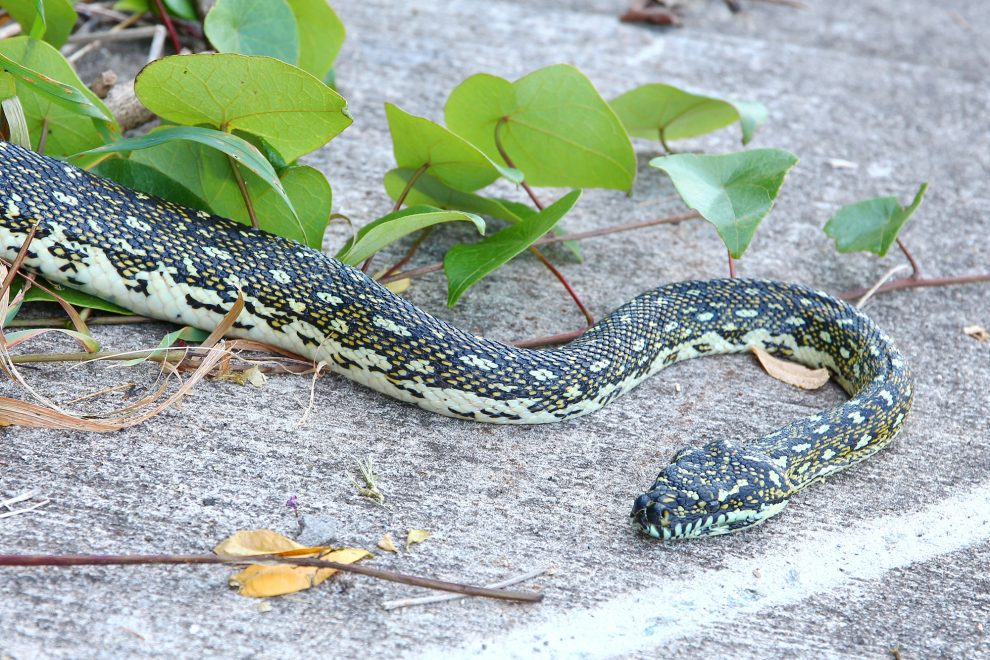New research finds just one in five (20%) Aussies are familiar with emergency treatment for venomous bites and stings while younger Australians, aged under 25, are at greatest risk, showing the least amount of knowledge in treating bites and stings.
Despite Australia being home to some of the most venomous creatures on the planet, many Australians are not familiar with basic first aid to treat bites and stings. Research commissioned by Seqirus found as few as one in ten (11%) Aussies pack a first aid kit when planning a day out in the bush or at the beach and as many as one in three (39%) respondents admitted that they did not know how to perform CPR.
Leaving themselves dangerously exposed, the research also found one in four (23%) Australians wouldn’t know what to do if they were bitten or stung by a venomous creature in its natural habitat and a majority (81 %) of respondents had never developed an emergency plan in preparation for a day outdoors.
With many Australians planning a day in the great outdoors to celebrate Australia Day, experts warn that Aussies may be putting themselves at risk by heading outdoors without an emergency plan and adequate emergency first aid knowledge.
“Too many Australians are relying on luck and chance to deal with a first aid emergency instead of having a plan and real-time access to potentially life-saving resources. When it comes to emergency treatment, timing is critical. Knowing how to respond immediately can be the difference between survival and death,” said Associate Professor Julian White, Head of Toxinology at the Women’s and Children’s Hospital.
The research also found some groups are much better prepared for encounters with venomous creatures than others. Men (27%) are nearly twice as likely as women (14%) to believe they would know how to treat bites and stings while one third of Baby Boomers said they would know exactly what to if they or someone they were with were bitten or stung and would immediately initiate first aid in response to a bite or sting.
However younger Australians are the least prepared for encounters with venomous creatures with nearly a third (31%) of 18-24 year olds admitting they would not know what to do if bitten or stung by a venomous creature in its natural habitat.
Those aged 18 -24 were also the most likely to unintentionally cause more harm by mistreating an injury from a venomous creature. More than a third (36%) of Gen Z (18-24 year olds) said they would apply a tourniquet to the affected area while 10 per cent of Gen Y’s (25-34 year olds) said they would cut or suck the bite to extract venom.
“Tourniquets, cutting and sucking are extremely dangerous and can actually exacerbate a bite or sting. In extreme cases, venomous bites and stings can be fatal if inappropriately managed. First aid, including CPR, is an immediate priority after a snake bite so it’s important that people are familiar with the correct CPR technique,” said Professor White.
As many as one in five Australians (20%) have first-hand experience of venomous bites and stings, having either been bitten themselves, or been present when someone was bitten or stung. Yet despite a significant number of people experiencing venomous injuries, one in three (33%) people said they did not know what treatment to apply when it actually happened.
Seqirus is the world’s sole producer of antivenoms for Australia’s most venomous snakes, spiders and marine animals; a community service it began in the 1930s and continues to play today in partnership with The Australian Government. As part of its commitment to providing the community with education about venomous creatures, Seqirus has developed a free smartphone app, Australian Bites & Stings: First Aid Guide to Australian Venomous Creatures, which contains information about Australian venomous creatures and basic first aid.
“If people have concerns about a bite or sting, they should consult a health care professional. However, if this is not possible, they may need to initiate treatment themselves. Unfortunately, too many Australians are heading outdoors without adequate first aid preparation and may not realise that their mobile phone could hold valuable first aid information,” commented Professor White.
The survey also found:
- Those born overseas are also at high risk with less than one in five (16%) being able to initiate first aid if they or someone present were bitten or stung.
- More than half of Aussies (59%) would undertake first aid training if it were offered free
- Only 12% (p30) of Gen Zs know exactly what to do if they or someone present were bitten by a funnel web spider.
- Gen Y and Z are best placed to close the first aid knowledge gap by accessing useful apps since they are more likely than any other generation to pack their phone for a day outdoors (22% and 23% respectively).
- One in four Gen Zs (23%) said they are more likely to pack their mobile phone than water or sunscreen when planning a day out at the beach or in the bush.
The guide (download here) is specific to Australian fauna, and is based on local resuscitation and envenoming first aid management guidelines published by the Australian Resuscitation Council (ARC). The information provided in the app is to be used as a reference only and not intended as a substitute for professional first aid training and techniques.























Add Comment